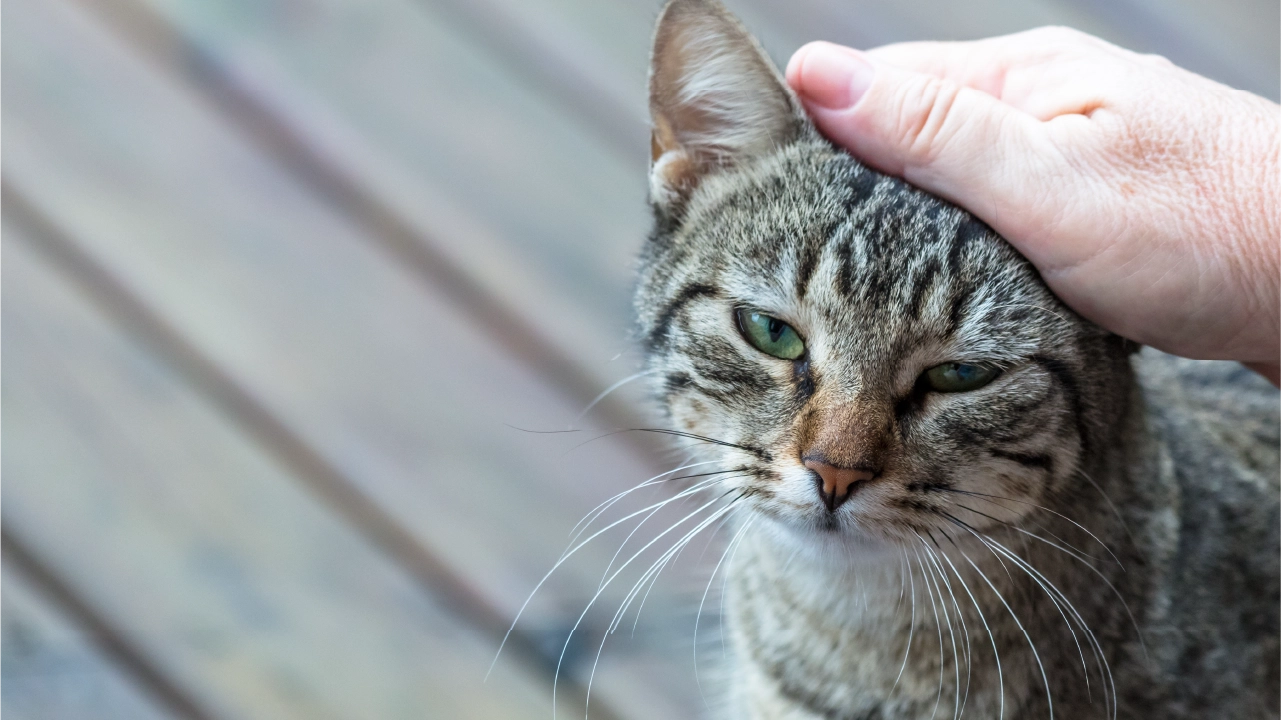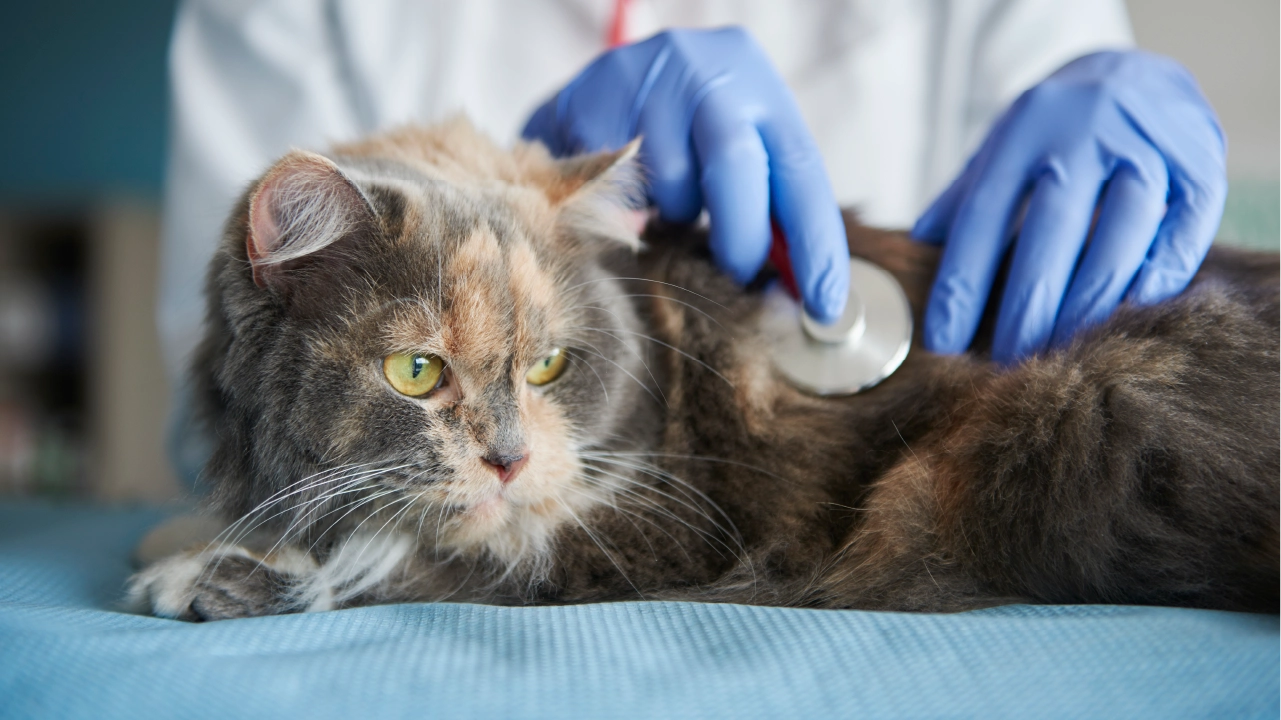Seasonal allergies in cats can feel overwhelming, but with the right treatment, you can bring them comfort. Here’s how!
How to Identify and Treat Seasonal Allergies in Cats
Have you noticed your cat itching more than usual during the warmer months? I certainly did with my little furry baby. At first, I thought she was just being playful or grooming herself a bit more than usual. Unfortunately, I was wrong. Her constant scratching, irritated ears, and thinning hair around her neck and tail told me something wasn’t right.
After consulting her vet, I learned that cats can suffer from seasonal allergies, just like humans. I had no idea my poor furball was dealing with something more serious.
In this article, I’m sharing all the details I’ve learned about seasonal allergies in cats from my own experience. Whether you’re a first-time cat parent or have been caring for your fur baby for years, this article will help you navigate your cat’s allergies with ease.

What Causes Seasonal Allergies in Cats?
Seasonal allergies, also known as “atopic dermatitis” or “atopy” in cats, are often genetic. After speaking with my vet, I discovered that these allergies occur when a cat’s skin barrier allows allergens to penetrate more easily, causing itching and scratching. These allergies can lead to ear infections and secondary skin infections, making them frustrating for both cats and their pet parents. Unfortunately, they take time to treat.
Types of Seasonal Allergies in Cats
There are several types of seasonal allergies in cats, and it’s important to note that each cat may react differently to specific allergens. I’ll never forget when my cat first showed signs of allergies—she was about 1.5 years old, and it happened right in the middle of spring.
At first, I thought it was a one-time thing, but as the warmer months continued, her itching and discomfort became more noticeable. The vet explained that these seasonal allergies usually appear in cats between 1 and 3 years old. While they often occur during warmer months, they can happen year-round and may worsen as the cat ages.

Here are some common seasonal allergens I’ve learned about:
- Dander: This common allergen often comes from other pets or even humans, causing cats to itch and develop red, irritated skin.
- Dust and Storage Mites: These allergens hide in warm, dusty places. When we moved to a new house, my cat started sneezing and scratching after I rearranged the furniture. I didn’t realize how much dust and storage mites could affect her until the vet pointed it out.
- Flea Saliva: Fleas, especially during warmer months, can cause intense itching and allergic reactions in cats. Sometimes, it leads to secondary infections.
- Pollens: Pollen from trees, grasses, and flowers is a major trigger. During spring, my cat sneezed constantly and her skin became itchy, especially after spending time in the garden. It made me dread the season, knowing how uncomfortable she felt.
- Grasses like Orchard, Bermuda, and Bahia: These types of grasses can trigger allergic reactions in cats, causing itching and discomfort.
Symptoms of Seasonal Allergies in Cats
When my kitty started dealing with seasonal allergies, I quickly realized that cats don’t show the same symptoms as humans. There was no runny nose or watery eyes, which is what I had expected.
Instead, her allergies manifested as constant itching. She was scratching and grooming herself far more than usual. Soon, she developed patches of missing fur, especially around her neck and the base of her tail. After consulting the vet, I learned that common symptoms of seasonal allergies in cats include:
- Hair loss: Typically around the neck, ears, tail, or groin, often symmetrically along the back.
- Crusty patches, scabs, or red, irritated skin.
- Ear infections: Inflamed or thickened ears.
- Eosinophilic plaque: A reddish-yellow, thickened, itchy, ulcerated lesion. I noticed this on my cat’s groin and thighs.
- Indolent ulcer: A disc-shaped, inflamed lesion that appeared on her lips and skin, which was alarming at first.
- Eosinophilic granuloma: A raised, pinkish-yellow line on her hind limbs, adding to her allergy symptoms.
How Do Vets Identify Seasonal Allergies in Cats?
It’s important to remember that not all itching is caused by allergies. When I consulted the vet about my cat’s unusual scratching, they ran several tests to rule out other possible causes.
Diagnosing atopic dermatitis isn’t straightforward—there’s no single test for it. Instead, it’s a process of elimination. First, food allergies are ruled out through a food trial, and a strict flea-control routine is recommended since fleas can worsen the problem. Allergy testing is also part of the process, and when you see a positive reaction (like I did with my cat), you’ll be one step closer to a solid diagnosis.
In my case, because my cat had skin irritation and ear issues, the vet suggested additional tests for mites, fungi, and bacteria to check for secondary infections. In severe cases, they may even recommend a culture or skin biopsy. It’s a thorough process, but it ensures you’re getting to the root of the issue and helping your cat feel better.

How to Treat Seasonal Allergies in Cats
I quickly learned that bacterial and yeast infections could make my cat’s itching even more unbearable. The vet prescribed antibiotics and antifungals to address the infections. Additionally, long-term treatment with medicated shampoos and conditioners became part of our routine. Bathing her more often than I ever imagined helped reduce the need for constant antibiotics, which was a relief.
Managing seasonal allergies in cats requires patience and some trial and error, but it’s worth it when you see your furry friend feeling comfortable again. Staying on top of treatments, keeping up with flea control, and checking for infections are all essential steps in helping your cat live a happier, itch-free life. It can be overwhelming, but when you witness your kitty finding relief, it’s a huge weight off your shoulders. Remember, you’re not alone—there are ways to help your beloved companion thrive during allergy season and beyond.




